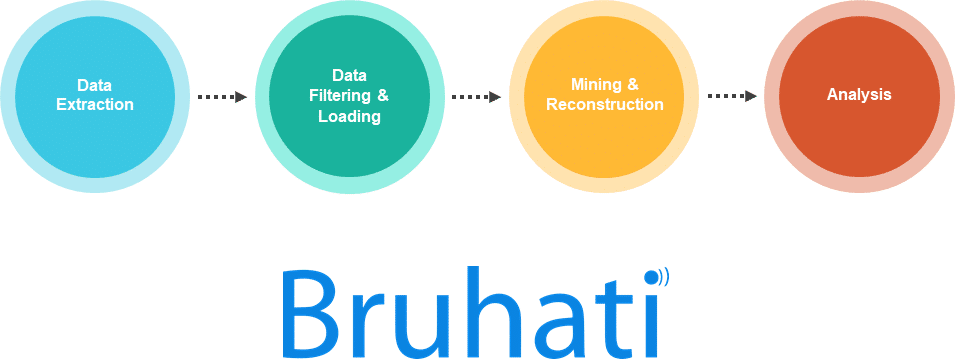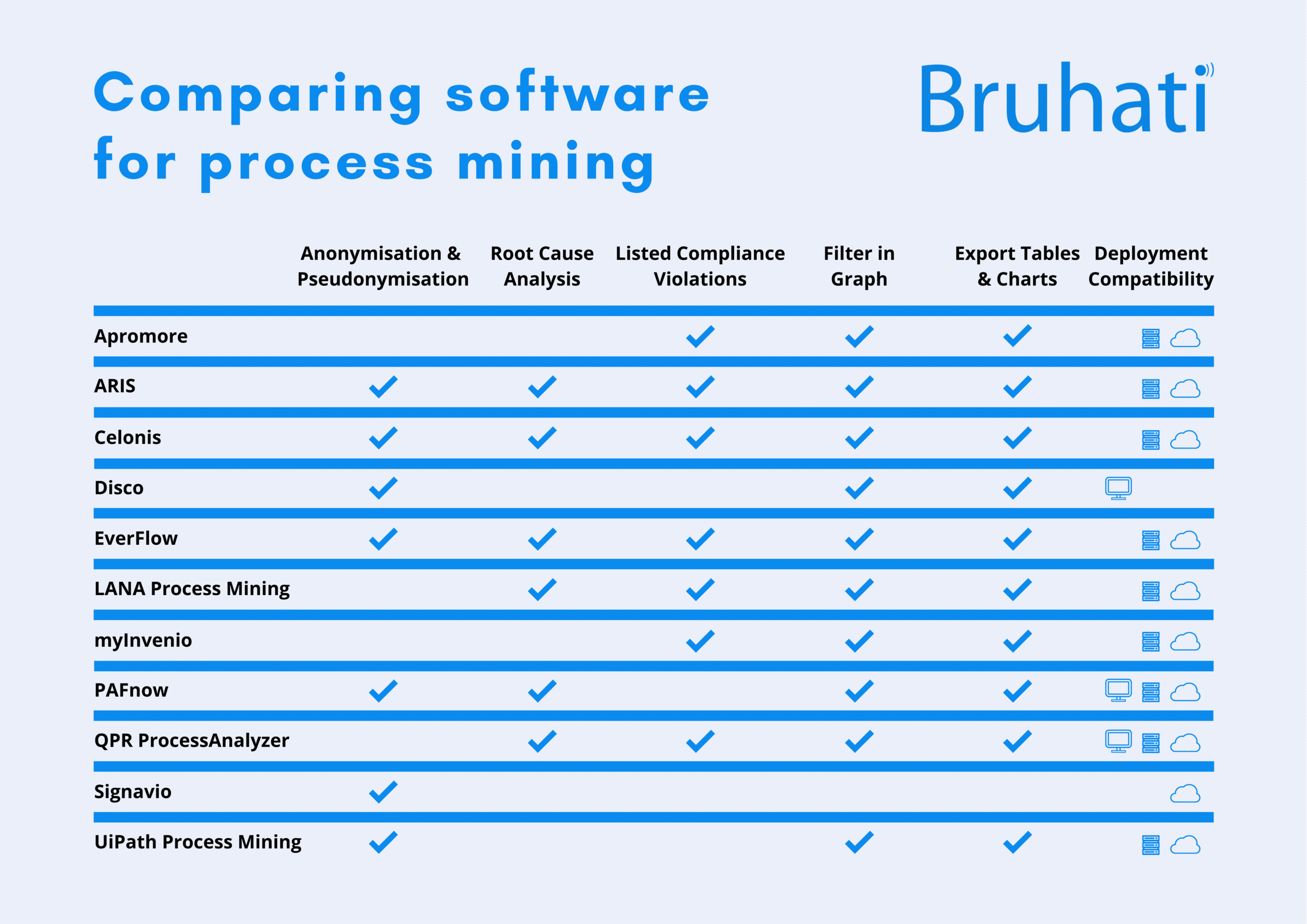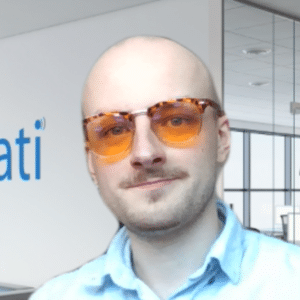The steps of process mining and how it can benefit your organisation:

Introduction
Process mining is a way of increasing the efficiency and understanding of business processes and is an increasingly popular practice, though many organisations are not aware of the multitude of ways in which process mining can enable digital transformation. It is vital that business leaders have an intimate understanding of how their organisation works, what to prioritise, and what is in need of transformation: it is advisable that they try to maintain a holistic view of business processes, as only focusing on one aspect of the business at a time will lead to processes being poorly coordinated, and end processes may end up not working as intended, having a damaging effect on forecasted ROI.
Why is process mining important?
Businesses often do not have a full, centralised view of their business processes and have to spend precious time and resources to document them manually for each change initiative. By studying the business’s processes, business leaders can gain key information about how their organisation operates in reality, as well as areas that require change for the sake of cost reduction and increased efficiency. As well as highlighting areas in need of change, process mining can help identify if lasting change was achieved, and to what degree. Business leaders can gain crucial insight into processes and performance, and are better equipped to create the most effective operating model for their organisation, by use of facts, as opposed to guesswork.
It is essential to understand what activities can add value to your customers, and steer clear of any inessential and costly steps in your processes that do not add value. Visualising important steps of your process that deliver value to customers from start to finish is called value stream mapping. To map your value stream in process mining, you can check the value adding events rate. “Events” in process mining refers to points along the course of operational processes, taking into account the activities taking place at each point, time stamps, and other relevant attributes.
Understanding the changes around you and reacting to them as soon as possible will make your organization agile. Having a continuous improvement mindset is advisable for effective leadership, process mining helps with the important task of continuously monitoring your business processes and changes made to them. You can track process changes that take place during certain review periods – days, weeks, months – whatever is most suitable. This means that process mining enables your organisation to know if designed processes were correctly implemented and what’s their impact to the service KPIs.
The steps of process mining
Step 1: Extract data from the relevant information systems, this data can be distributed over different database tables. Depending on your objective, up to millions of data entries may need to be extracted – this requires efficient methods of extraction. Extracted data may include personalized information, so make sure that you adhere to legal requirements, this might mean having to anonymise or pseudonymise certain confidential data.
Step 2: Before the extracted event log can be used, it needs to be filtered and loaded into the process mining software. Filtering is often necessary, as some recorded data may not reflect real activities, and information systems are not free of errors. Errors can be a result of malfunctioning programs, hardware failures, or from being accidentally tampered with by users, they can also occur without any incorrect processing.
Step 3: The mining and reconstruction of the process model can take place once all the relevant data is loaded into the process mining software. The reconstruction produces a graphical representation of the process model. The mining and reconstruction are commonly provided by the same software tool in a single step.
Step 4: Once the process models are mined and reconstructed, they can be used for the intended purpose. One of the primary goals of process mining is to discover formerly unknown processes, though the analysis may also be intended to identify opportunities for process optimization or conformance and compliance analysis.
Below is a quick-reference guide we have compiled, comparing the best software for process mining:

Here are some useful links where you can find out more about the software listed above:
Our recommended process mining software is ARIS from Software AG, it provides a wide range of functions, as well as having an appealing and easy to use interface. It is really important to ask yourself: What are you going to do with the discovered process flow? How will you make sure your findings are stored so they can be re-used? That’s what makes ARIS process mining such a powerful solution, it integrates really well with the ARIS process management and modelling platform. You can find more information on ARIS Process Mining here.
Process mining helps you achieve business transparency and enables your organisation for process automation: a long-term goal of your digital transformation journey. One of the main benefits of digital transformation is reducing manual work, as it makes processes smarter and faster, and can be used to simplify your business. Our partner Bruhati have a successful track record in helping organisations through their Architecture Maturity Journey and enabling them to become fully digital. For more information and a FREE consultation please visit www.bruhati.com or contact sales@bruhati.com.
Feel free to comment and subscribe to be notified when a new article is published.


